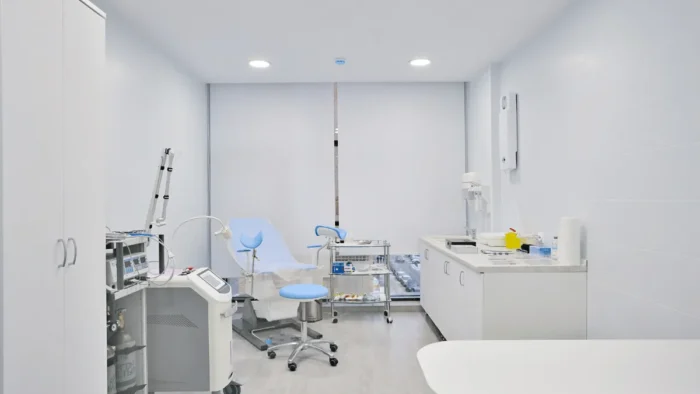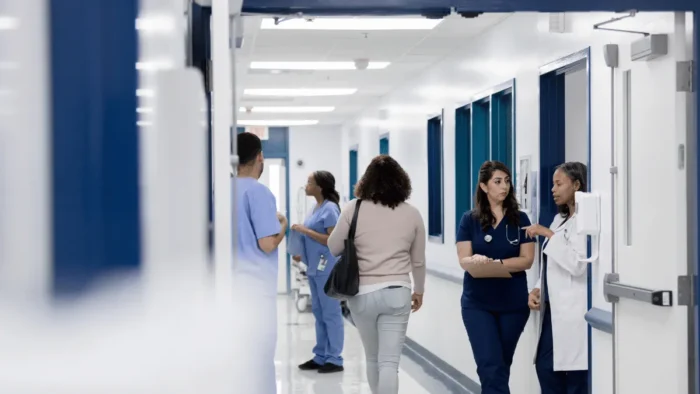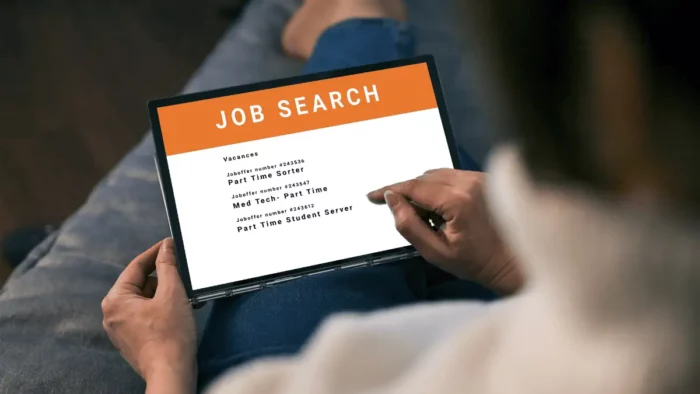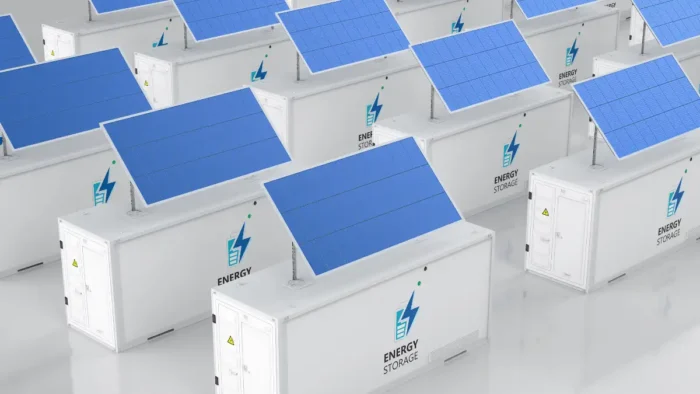Healthcare establishments are vital in keeping patients and staff safe and healthy. Setting up efficient entry screening methods is essential to stop the transmission of contagious illnesses, create a secure atmosphere, and boost trust in medical services.
In this article, we delve into the significance of entry screening solutions in healthcare facilities and discuss the different approaches and technologies employed to protect patients and staff.
The Need for Entry Screening in Healthcare Facilities
Healthcare establishments, like hospitals, clinics, and long-term care centers, can often become hotspots for spreading infectious diseases. Implementing entry screening procedures is a useful way to detect individuals who might pose a threat to others within the facility. By checking people at the entrances, healthcare facilities can identify possible symptoms, evaluate exposure risks, and take necessary steps to prevent infections from spreading.
Entry screening helps identify individuals with symptoms such as fever, cough, or respiratory distress, common indicators of contagious illnesses. It also enables healthcare providers to gather information about recent travel history or potential exposure to infectious diseases. With this information, healthcare facilities can implement necessary isolation protocols, provide appropriate medical care, and initiate contact tracing if required.
Screening Measures and Technologies
Healthcare facilities employ various screening measures and technologies to enhance entry-screening processes. These may include temperature checks, symptom questionnaires, and visual inspections. Temperature screening devices, such as infrared thermometers or thermal imaging cameras, can quickly and non-invasively detect elevated body temperatures, a common symptom of infectious diseases.
Additionally, healthcare facilities may implement electronic or paper-based questionnaires to assess symptoms, travel history, and potential exposure risks. These questionnaires enable rapid screening and provide a structured approach to identifying individuals who require further evaluation or testing.
Some advanced entry screening technologies incorporate artificial intelligence and facial recognition algorithms to analyze facial expressions and identify potential symptoms, such as coughing or sneezing. These technologies help streamline the screening process, reduce the risk of human error, and ensure a consistent and objective evaluation.
Ensuring Privacy and Data Protection
While entry screening is crucial for safeguarding healthcare environments, it is essential to prioritize privacy and data protection. Healthcare facilities must adhere to legal and ethical guidelines when collecting and storing personal health information. Any data collected during the entry screening process should be handled securely, with strict access controls and encryption measures in place.
To ensure privacy, healthcare facilities can implement measures such as anonymizing data, obtaining informed consent, and providing transparent information on data handling practices. It is vital to communicate clearly with individuals undergoing screening about the purpose of data collection and how it will be used.

Staff Training and Communication
Effective facility entry screening requires well-trained staff who understand the protocols, technologies, and the importance of their role in safeguarding the healthcare facility. Regular training sessions should be conducted to educate staff about recognizing symptoms, using screening tools correctly, and following appropriate protocols for further assessment or isolation.
Clear communication with patients and visitors is also essential. Healthcare facilities should provide visible signage indicating entry screening procedures, expectations, and specific requirements. Communicating the purpose of screening measures and the facility’s commitment to safety helps build trust and cooperation among patients, visitors, and staff.
Integration with Comprehensive Infection Control Measures
Entry-screening solutions are most effective when integrated into a comprehensive infection control strategy. Screening should be accompanied by other preventive measures, such as hand hygiene protocols, appropriate personal protective equipment (PPE) use, and regular disinfection of high-touch surfaces.
In addition, healthcare facilities should promote public awareness and education about the importance of entry screening and its role in maintaining a safe environment. Clear communication channels within the facility and through external communications help disseminate information about screening processes, safety measures, and updates on infectious diseases.
Entry-screening solutions are critical for healthcare facilities to safeguard patients and staff. By implementing effective screening measures and appropriate technologies, healthcare providers can quickly identify potential risks, initiate necessary protocols, and prevent the spread of infectious diseases. A comprehensive approach that prioritizes privacy, staff training, and integration with other infection control measures ensure a safe and secure healthcare environment.





